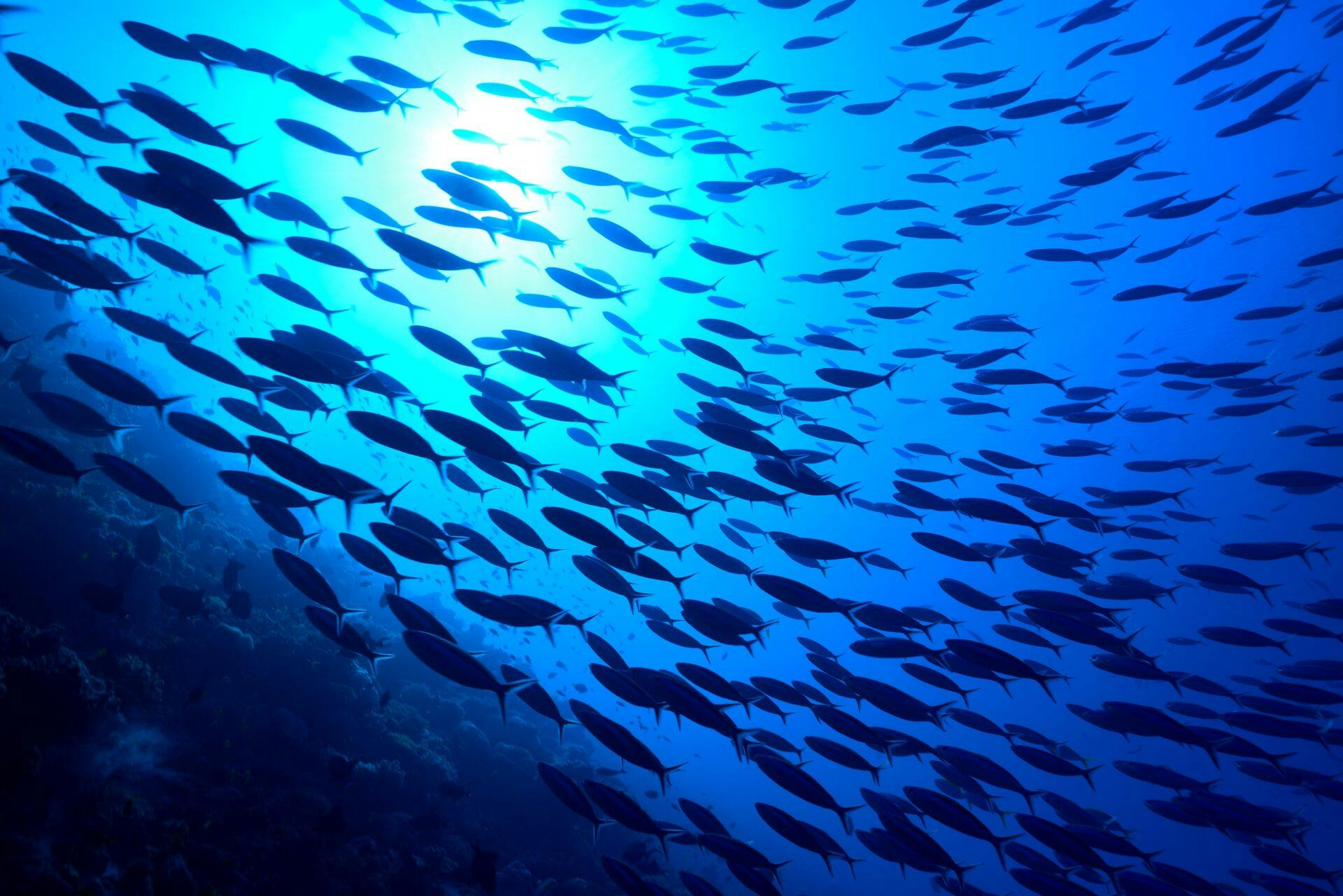| Grantee | Seas At Risk ↗ |
| Grant Amount | $1,050,000 |
| Duration | Three Years |
In Europe, countries committed in 2008 to have clean and healthy seas by 2020, and specifically for marine biodiversity to restore it to its natural state. What is meant by natural state is rich marine ecosystems with many available habitat niches and a wide variety of life-forms and organisms filling those niches. Marine Protected Areas (MPAs) are the prime tool for protecting the marine natural world from the impacts of maritime activities, and for the recovery of marine ecosystems at a wider scale. However, MPAs are successful only if there are strong and effective measures in place to manage (i.e. restrict or ban) human activities taking place within their boundaries. Recent research has shown that despite their conservation status, MPAs appear to host just 4.9% of global marine wilderness.
Although more than 10% of EU seas is now labeled as ‘MPAs’, representing almost 625,000 km2, most of these areas are mere ‘paper parks’ with little effective protection in place. Fisheries is recognized as the main pressure on marine biodiversity.
The main legal instruments for the designation and management of MPAs in Europe are the Habitats and Birds Directives and the Marine Strategy Framework Directive (‘Marine Directive’). Protection of biodiversity and management of damaging activities in MPAs are legal requirements of the Directives, but there is currently a low level of compliance with these rules by EU Member States.
Beyond environmental legislation, the implementation of a coherent and well-managed network of MPAs is also supported by EU legislation regulating maritime sectors. In particular, the Maritime Spatial Planning Directive requires countries to adopt an ecosystem-based approach to the management of human activities at sea, and the Common Fisheries Policy (CFP) Regulation enables Member States to adopt Joint Recommendations to introduce fisheries management measures in their offshore MPAs where other Member States have a direct interest in the fishery (Article 11 of the CFP).
European countries are bound not only by EU legal requirements to protect their marine biodiversity but also by international commitments. As parties to the United Nations, they have signed the Declaration for the 2030 Agenda for Sustainable Development and the achievement of the Sustainable Development Goals by 2030.
The objective of the project is to get three European countries, France, Ireland and Portugal, to effectively protect all of their MPAs, against the impact of damaging activities. In order to achieve this objective, we will also do advocacy at EU-level to increase pressure on the three focus countries, including by creating precedents for sustainable management of fisheries in MPAs and establishing good practices in other EU countries. The project will focus particularly on fishing activities and will aim in priority at the creation of no-take zones. When that is not possible, it will aim to get the most damaging fisheries practices, e.g. fishing with bottom-contact gears, banned from MPAs.
In order to achieve our overarching goal and two specific objectives, we will design, launch and run an advocacy campaign to promote the implementation of a coherent and well-managed network of Marine Protected Areas in Europe. This will be done at two levels: at the national level in five selected countries; and at EU level.





















